five little things that made my week.
1. these slippers.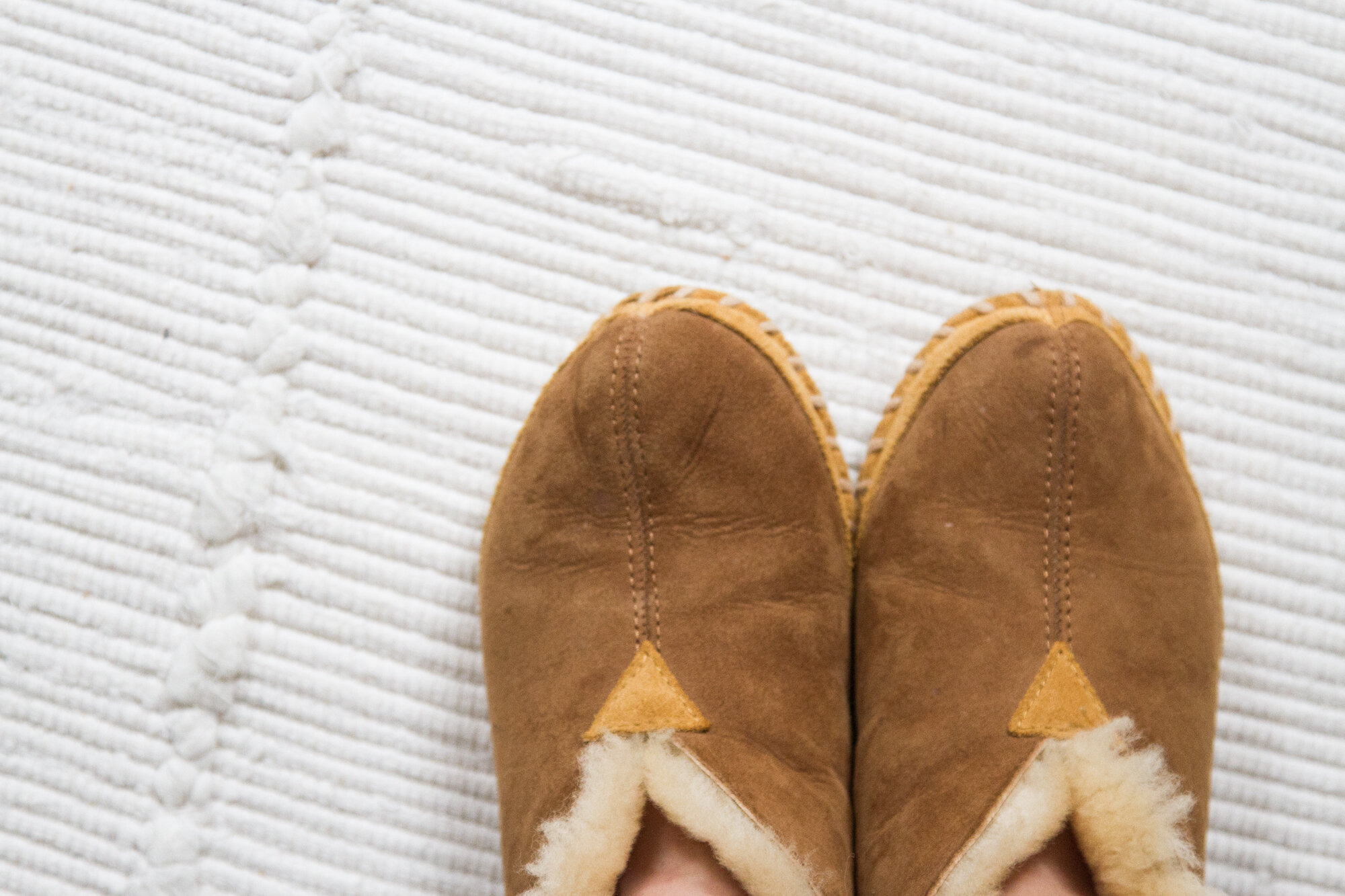
{every year, at this same time, they make everything lots of things better.}
2. pumpkin notes!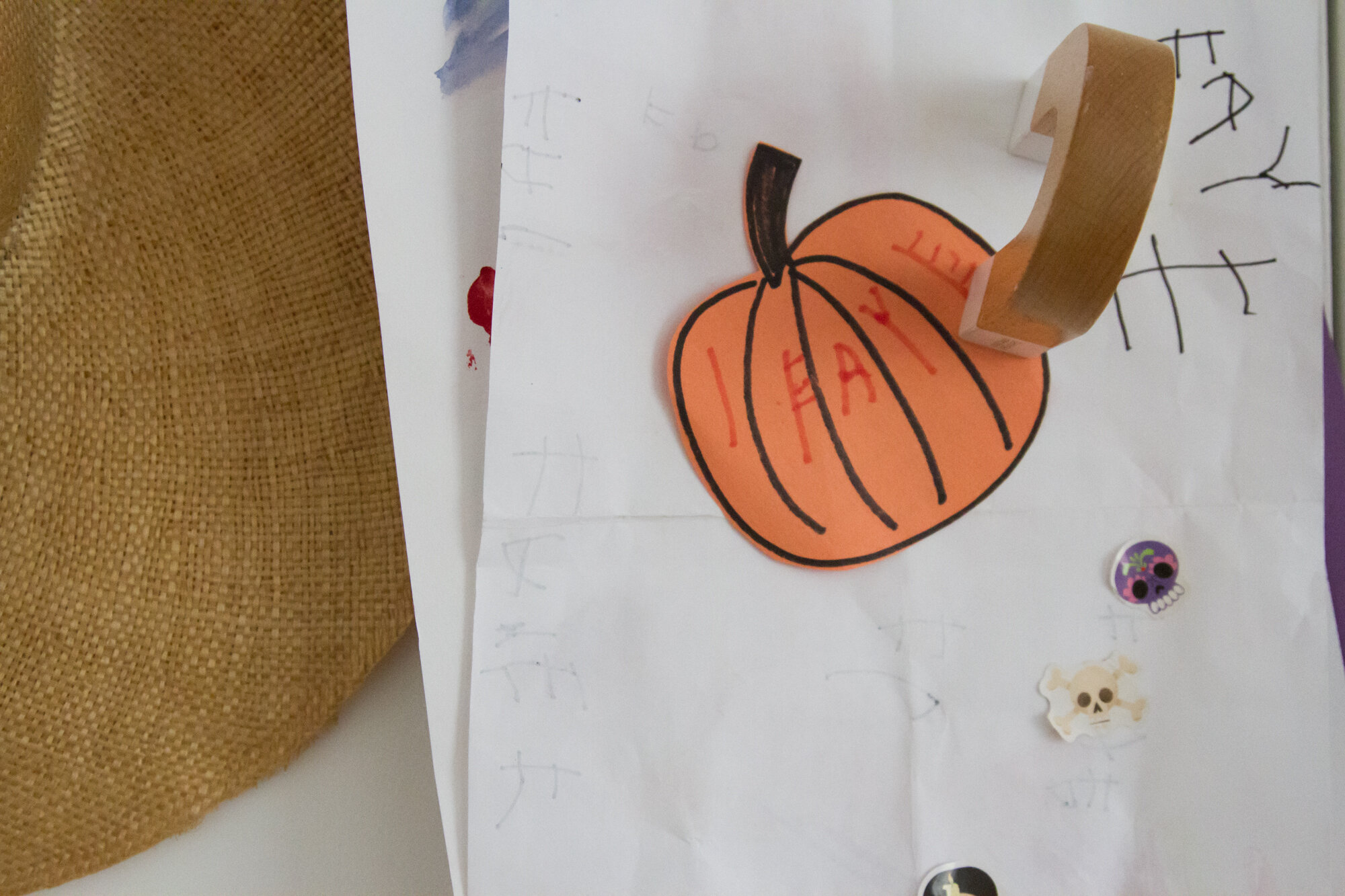
{and tiny pen pals.}
3. this bottle of paint.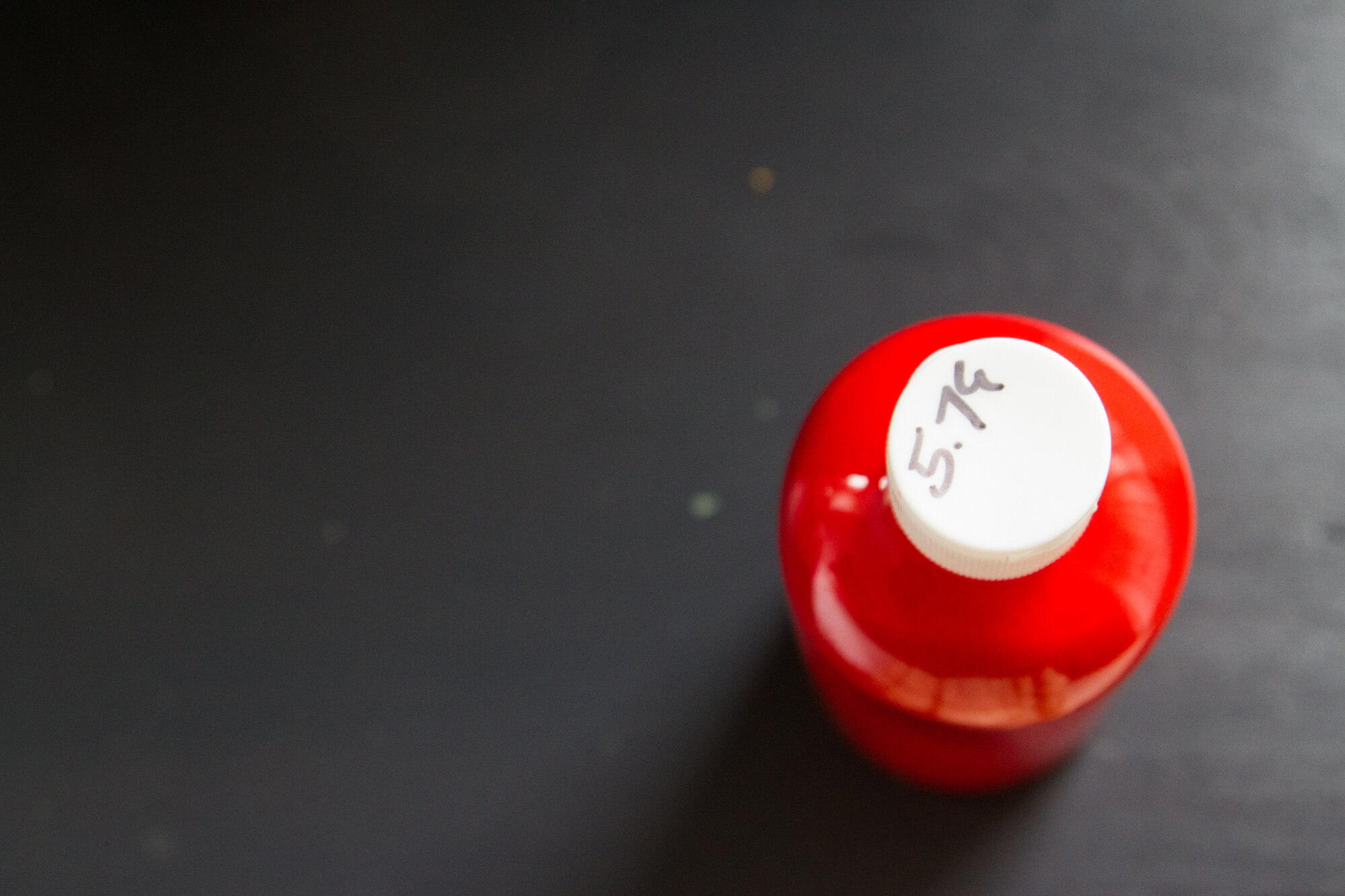
{for making halloween costumes.}
4. this palo santo.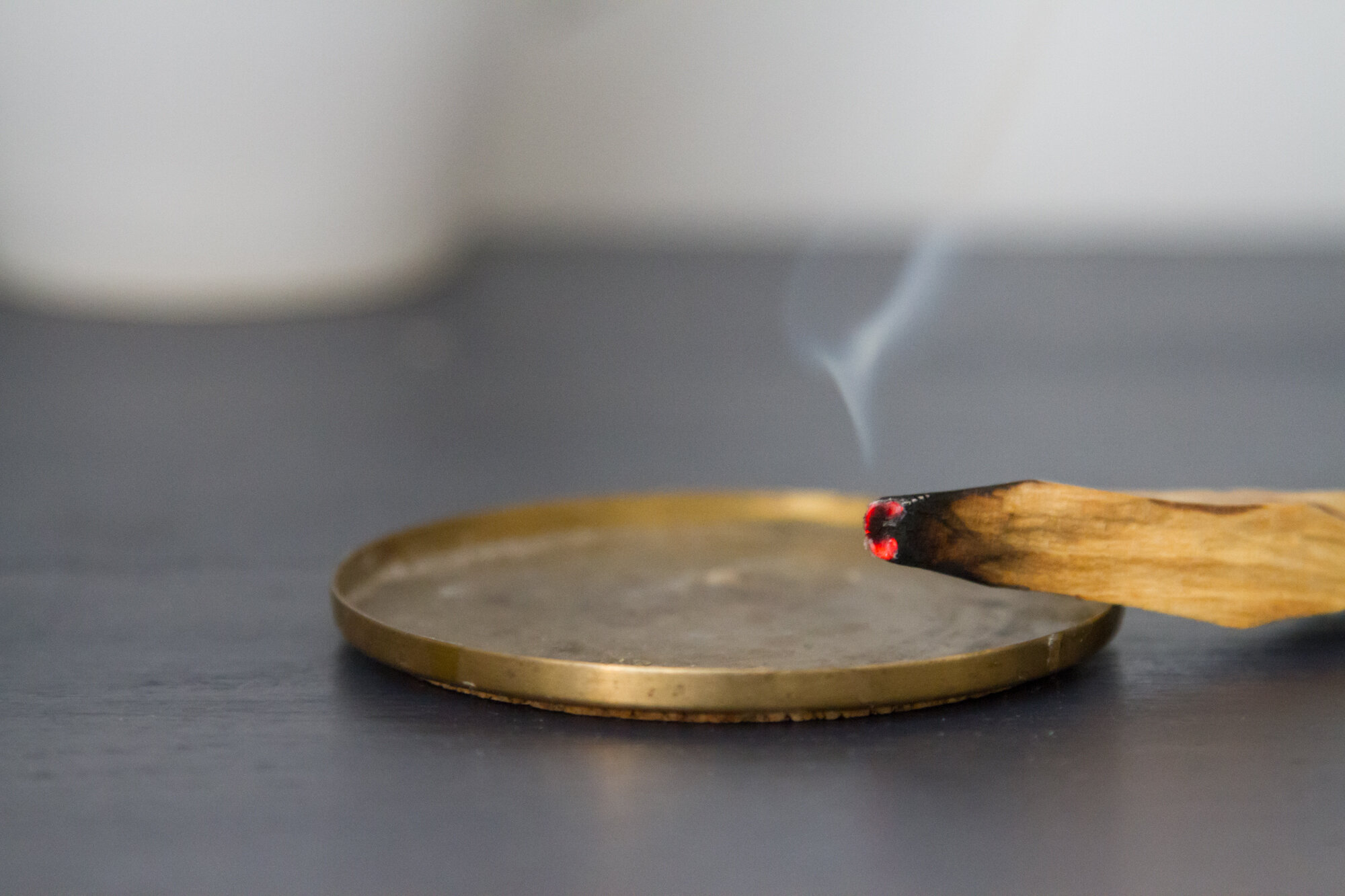
{for clearing the air.}
5. this jar.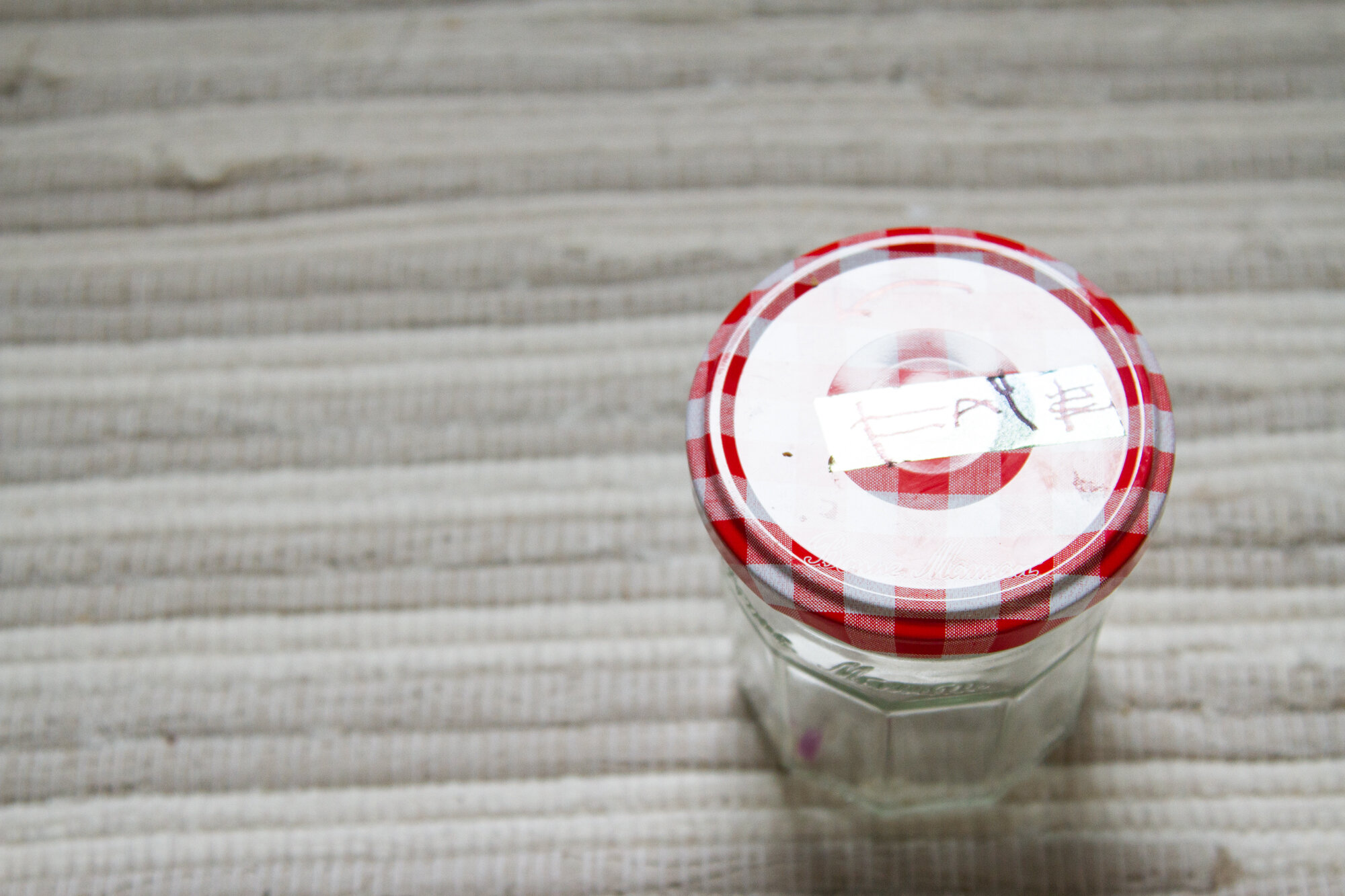
{for toting treasures to show-and-tell.}
other things:
chalk with us! (and other ways to GOTV.)

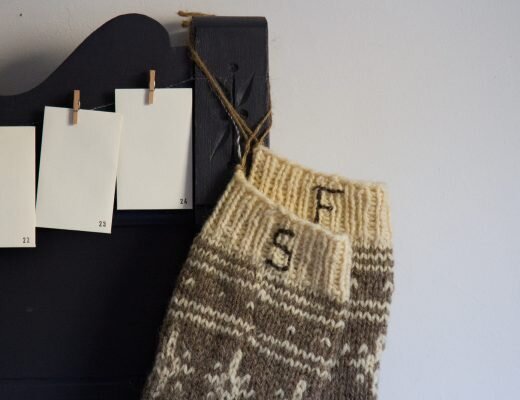
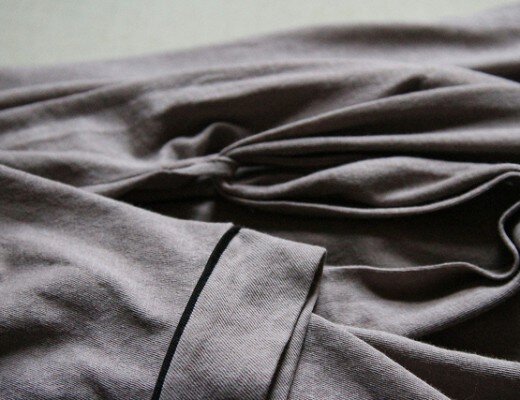

9 Comments
Big yes to fluffy slippers!!
Rebecca
I’m sorry but I just checked the link for East Fork/ Kid Zone…their “Kiddo Meal Set” is EIGHTY DOLLARS.
This made me really angry. Who can in good conscience spend that kind of money on tableware for toddlers, when we are surrounded by other children who have virtually nothing to eat?
The ethics of goods and pricing is so tricky and folks—myself included—often have a really visceral reaction. It’s interesting to tease apart, just briefly. I can understand balking at the price of handmade dinnerware. No doubt that for lots of folks the price would be out of their budget, and I can understand the impulse—or point of view—that questions how that money might be better spent somewhere else. But it’s also worth pausing to think about what accounts for that price and the far lower price that many of us are accustomed to paying for the items in our homes and lives. Knowing that an item has been made thoughtfully and with integrity, that workers have been paid a living wage, and given healthcare and benefits, that care has been taken to limit harmful effects on the environment, that a craft has been honed and honored, I think it becomes clearer that goods like these aren’t preposterously extravagant for the sake of extravagance alone. The price of the product necessarily has to account for the care, and cost, that’s gone into its production. When goods are produced cheaply, often that’s the result of workers being poorly paid, the environment being exploited, and customers ending up with an inferior product. I would also critique the inequity that means that some kids eat off $80 dinnerware and some kids go to bed hungry, but the truth is complicated. A small company like East Fork provides jobs in their community and contributes directly to the economy of a small American city by keeping their manufacturing local. Just this summer they actually lowered their prices as they took steps to mechanize and streamline aspects of their production. I don’t have a perfect answer here, but I do think it’s worth continuing to ponder.
Erin, thank you for this. My husband and I were having a debate the other night about how to spend our money: do we purchase the more expensive but thoughtfully produced item you described, knowing the existence of the object has benefited people beyond us, or do we buy the cheaper vinyl version and donate our money to a cause. I don’t believe there is a perfect answer, and I agree that it’s worth pondering. One personal experience I will add is that owning just a few simple, beautiful, ethical items has changed my relationship with things – how much I feel I need or want, how I care for what I have, the peace I feel in my environment – and that has to be worth something as well.
Thanks so much for sharing, Lauren.
100% with you on those slippers. I have them too – they are the best! Every fall I pull them back out and my feet are extremely happy for the rest of winter…
May I ask how long those slippers have lasted you? 🙂 They look amazing and I have been on the market for some slippers to get me through my first Minnesotan winter, but the reviews on the site say the stitching sometimes comes apart within the first 1-2 years. (Though I guess if it did, it would be a good opportunity to expand my mending skills…)
I’ve had mine for about three years! Still good as new! (And I believe if they do start to fall apart, LL Bean will replace! Or! Yes! Mending!)
I’ve worn mine for 5 years (more than just in winter, because I have sensitive feet and am usually cold), and they are good as new! Seriously so warm and comfortable. They’re absolutely worth it.
Comments are moderated.